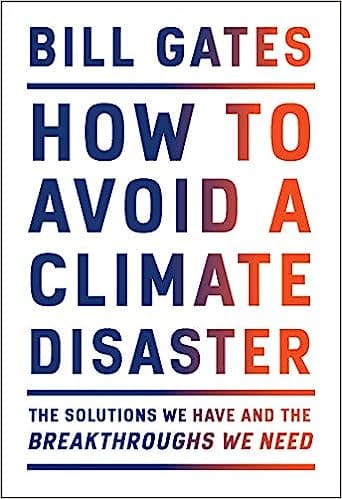Definition
Climate change refers to long-term alterations in weather patterns, lasting from decades to millions of years.
Expanded Explanation
Climate change encompasses global warming but refers to broader changes happening to our planet.
These include rising sea levels, shrinking mountain glaciers, accelerating ice melt in Greenland, Antarctica and the Arctic, and shifts in flower/plant blooming times.
Causes of Climate Change
The rise in atmospheric carbon dioxide levels, mainly from burning fossil fuels, is the key factor driving global warming. This process significantly alters Earth’s temperature and weather patterns.
However, other factors like deforestation, land use changes, and various human activities contribute to the phenomenon.
Impact of Climate Change
The Earth’s temperature is rising, affecting ecosystems and societies worldwide. This results in more frequent extreme weather events, increasing sea levels, and altering wildlife populations and their habitats.
Examples
- Example 1: The melting of polar ice due to rising temperatures is a significant sign of climate change.
- Example 2: Droughts and heat waves are becoming more frequent and severe due to rising global temperatures and altered weather patterns.
Related Terms
- Global Warming: Human activities that release greenhouse gases are driving global warming. This process disrupts global climate patterns and harms ecosystems and human health worldwide.
- Greenhouse Effect: Traps heat in Earth’s atmosphere through gases like carbon dioxide, warming the planet. This process sustains life but can lead to global warming.
Visual and Reading Aids

External Resources
- NASA’s Climate Change Evidence: Presents precise data showing Earth’s rapid warming due to human activities, impacting global weather and ecosystems.
- Intergovernmental Panel on Climate Change (IPCC): This article assesses scientific studies on global environmental shifts to inform and direct international policy-making. It focuses on the impact of human-induced atmospheric changes.
Related Articles
- The Effects of Climate Change on Weather Patterns: This article delves into how shifts in global weather patterns lead to more intense events, such as hurricanes and droughts. It examines the increasing severity of these phenomena worldwide.
- How Temperature Affects Our Planet and Our Health: The post examines the impact of temperature changes on Earth’s environment and human health, highlighting the risks of global warming.
